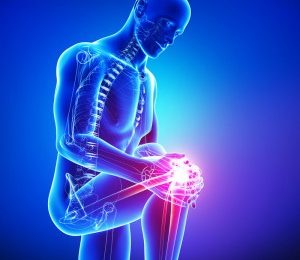We’ve all sat through high school biology and learned about inheritance patterns, genes, and chromosomes. But how much of that information do you remember today? If you’re planning a pregnancy, you may be wishing that you’d retained more of it.
There’s no need to worry — in this article, we’ll run through a basic refresher course on chromosomes and their role in human development. We’ll also explain how this information helps us understand the types of conditions noninvasive prenatal testing (NIPT), like the MaterniT® 21 PLUS test, screens for.
Noninvasive prenatal testing is a screening test that helps doctors and expecting couples understand the risk that their child may have a chromosomal abnormality, like Down syndrome. Learning about the role of our chromosomes and how they’re inherited helps us understand things such as inherited traits and chromosomal disorders.
The Basics
A chromosome is made up of proteins and DNA. These structures carry our genes and are responsible for maintaining accuracy when DNA is copied for cell division. Cell division is the foundation of human growth and development.
A healthy individual has 23 pairs of chromosomes, or 46 chromosomes in total. Twenty-two pairs are referred to as autosomal chromosomes. The twenty-third pair is the sex chromosomes, which determine an individual’s sex in addition to other traits.
How are Chromosomes Passed On?
Each child inherits one copy from each of the 23 pairs of chromosomes from the mother and one copy from the father. Sometimes, mistakes can occur that result in either a structural or numerical abnormality in the child’s chromosomes. These abnormalities can lead to disorders that affect the child’s growth and development.
How Can a Chromosome Abnormality Occur?
Chromosomal abnormalities can occur in one of two ways.
Nondisjunction: Nondisjunction occurs when the affected individual has the chromosomal abnormality in every single cell of the body. Let’s take a look at a trisomy disorder, where an individual inherits three copies of a chromosome, like in trisomy 21 (Down syndrome). During formation of an egg or sperm cell, called meiosis, the pair of twenty-first chromosomes in either the egg or the sperm cell do not separate. Therefore, both chromosomes from one cell are passed onto the child. This pair plus the chromosome received from the other parent make three copies.
Mosaicism: After fertilization of the egg cell with the sperm cell, the joint fertilized cell begins to divide and duplicate. This is the beginning of the growth and development of the fetus. During these first few divisions, an error can occur with a chromosome pair. This error is then repeated when the affected cell divides and duplicates for the growth of the fetus. In mosaicism, some cells have the normal count and structure of all 46 chromosomes and some cells have the abnormality.
Some examples of chromosomal abnormalities include:
Down syndrome (trisomy 21, where three copies of chromosome 21 are inherited)
Cri du chat syndrome (deletion of a part of the fifth chromosome)
Turner syndrome (in females, when only one x chromosome is inherited instead of two)
Noninvasive Prenatal Testing for Chromosomal Abnormalities
Certain chromosomal abnormalities, more specifically trisomy conditions like Down syndrome, can be screened for using noninvasive prenatal screening tests like the MaterniT® 21 PLUS test. This test is performed in the early stages of pregnancy and gives expecting parents information regarding the health of their developing child. If you’d like to learn more about NIPT, talk to your doctor or a genetic counselor.



